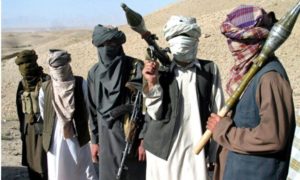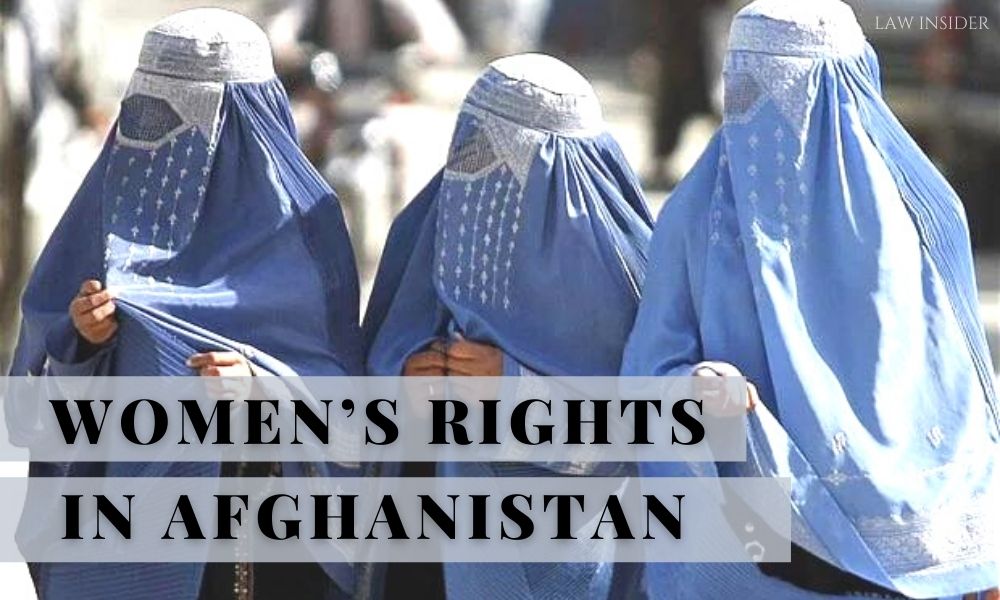By Isabelle John
Women’s Rights in Afghanistan
Afghanistan has had a rollercoaster of a past. In the last 30 years the country has seen several occupations by US-led international forces and communist Soviet troops. When these two were not in charge the country was run by militant groups and the infamous Islamic Taliban.
As a result of this tumult and constant change of the political landscape in Afghanistan, women’s rights have been exploited by the various groups under the premise of political gain.
Sometimes their situation improved sometimes it deteriorated, obviously depending on who was in charge. ‘Afghan women were the ones who lost most from the war and militarization,’ said Horia Mosadiq.
The 20th century had seen a gradual yet steady progression of women’s rights in the country, until of course the conflict in the 1970s. Only a year after the women in the United Kingdom were allowed to vote and a year before women were allowed to vote in the United States, Afghan women were authorized to vote, in the year 1919.
In the 1950s, gendered separation (purduh) was eradicated and a new constitution which brought equality to many aspects of life, that including political participation, was introduced in the 1960s.
However, with the Soviet occupation and the coups that occurred in the 1970s, the civil conflict that arose between the government forces and the Mujahideen groups in the 1980s and the 1990s, and then the Taliban rule that followed. Afghan women saw their rights being reduced gradually.[1]
Thus this article deals with the conflict of right between the Afghani women and the Taliban.
Taliban’s Rule of Afghanistan
- Who is the Taliban?
The Taliban is a military organization and Islamist movement residing in Afghanistan. Many of their members consist of Mujahideen fighters who had been trained in Pakistan when the civil war in Afghanistan was going on in the 1980s and the 1990s.
The group officially emerged in the year 1994 after several years of conflict. They came together as a group with the end goal of making Afghanistan an all-Islamic state. They reigned from the years 1996 to 2001.
- Invalidating Women’s’ Human Rights
Under the rule of the Taliban, girls and women were heavily discriminated in numerous ways. Being born a girl was considered a crime according to them, quite like India in the past where being born a girl was a mother’s shame. The Taliban during their rule has been enforcing their version of Islamic Sharia Law.
Girls and women in Afghanistan were banned from several aspects of daily life, including working, showing their skin in public, being involved in politics, or speaking publicly, going to school or studying, leaving the house without a male chaperone, or accessing any healthcare delivered by men.
As women were prohibited from working, accessing healthcare was virtually impossible.
Women were imprisoned in their home and were essentially invisible to the public eye. In Kabul, Afghanistan’s capital, residents have been ordered to cover their ground floor and first floor windows so that the women present inside the home would not be visible from the street.
Women were allowed to leave their home; however, this was only possible if they were a burqa (a full body veil and was accompanied by a male relative. They had no independence.
If any laws were disobeyed the punishments were severe. If she attempted to study, she would be beaten. If she was found guilty of adultery, she would be stoned to death. She could also be flogged if she showed even an inch of her skin under her burqa.
For example, in 1996, a woman wore nail varnish in Kabul, and consequently had the end of her thumb cut off.
However, family members were also sometimes punished.
‘They shot my father right in front of me. It was nine o’clock at night. They came to our house and told him they had orders to kill him because he allowed me to go to school. The Mujahideen had already stopped me from going to school, but that was not enough. I cannot describe what they did to me after killing my father…‘ – a 15 year old girl in Kabul, 1995.
Afghan women were greatly brutalized in the law as well as in almost every detail of their daily life. They encountered countless acts of rape and violence as it was common between the population.[2]

International Intervention in 2001
Immediately following the 9/11 attacks in 2001, the United States led an international military campaign to intervene in Afghanistan. World leaders, including ones from the United Kingdom and the United States continued to cite the requirement to ameliorate women’s rights in Afghanistan as a justification for the intervention.
The UN Secretary-General, Kofi Annan on this:
“[T]here cannot be true peace and recovery in Afghanistan without a restoration of the rights of women.” Agreeing with the UN SG, US Secretary of State, Colin Powell, “The recovery of Afghanistan must entail a restoration of the rights of Afghan women; indeed, it will not be possible without them.”
The Taliban was removed from power by the end of the year 2001. Subsequent to the intervention conducted by international forces, several schools in Afghanistan opened up their doors to young girls and women were allowed to go back to work. This was progress to equality and the drive to this goal continued.
A developed constitution in 2003 embodied women’s rights in it and in the year 2009, the country ratified the EVAW (Elimination of Violence Against Women) law.
However, in unfortunate news, the Taliban and other particularly conservative insurgent groups still obtain control of some parts of Afghanistan and the violence prevalent against girls and women continue to pertain.[3]
The Peace Accord with Taliban in 2020
In Doha, Qatar, on February 29, 2020, the Afghan Taliban and the United States of America signed a peace agreement that was designed to end the extensive war in Afghanistan.
The agreement generally consisted of the same conditions that had been agreed upon in the previous year in September, which had been hastened by then President Trump.
Fundamentally, this agreement called for the extradition of the United States and Coalition forces present in Afghanistan and in return the Taliban would promise to not allow any terrorist groups to operate on Afghan soil.[4]
This deal brokered between the United States and the Taliban could potentially produce the peace that is so desperately pined for by the Afghans. There are high risks for women’s rights however, in this process. They have constantly strived for peace and have suffered greatly.
Women’s rights activists have faced great resistance from the government in Afghanistan and the lack of support from international forces as they fought for a place during the peace negotiations.
All this exclusion in combination with the relentless discrimination that the women face from the Taliban enlarges the fear that women’s rights could end up being a casualty.
As the US-Taliban deal is so focused on the removal of foreign troops and prevention of support from the Taliban for international terrorism acts that women’s rights were not included in this deal.[5]
The Attacks on Women Leaders and Women’s Rights Activists
The attacks on women leaders and women’s rights activists were greatly intensified ever since the Afghanistan government began their peace negotiations with the Taliban in September of the year 2020.
In early March, three women who worked in a media company in Jalalabad, Afghanistan were gunned down. Two female Supreme Court judges in Kabul were killed by unidentified killers in January.
These are just recounts of recent assassinations that have occurred amongst the countless assassinations and attempted assassinations that have occurred of women’s’ rights activists and female politicians. Just in the past year, 17 human rights defenders were murdered in Afghanistan.[6]
New Laws and Regulations Issued by the Taliban
In the recently captured districts of Afghanistan’s northeastern province of Takhar, new laws and regulations have been issued by the Taliban. These include ordering women not to leave their homes alone and for men to grow their beards.
Civil society activists in Takhar are saying that the Taliban has also set dowry regulations for girls and have claimed that the Taliban is pushing for trials without evidence.
The Taliban has escalated their offense against the civilians present in the country, the government defense and security forces and have managed to acquire control over numerous districts throughout the country as the foreign forces withdraw and lessen their presence in the country.[7]
Conclusion
The Taliban perseveres and continues to remain consistent with their confined and restrictive approach towards women’s rights. They would be pleased to roll back a large part of the positive progress made in the past 20 years.
The US National Intelligence Council also agrees with this statement as that is what they are viewing to be the Taliban’s agenda.
- “Women in Afghanistan: the back story”, Amnesty International UK, available at: amnesty.org.uk (last visited on July 7, 2021). ↑
- Ibid ↑
- Ibid ↑
- Grant Farr, “The Afghan Peace Agreement and Its Problems”, E-INTERNATIONAL RELATIONS, April 6 2020, available at: e-ir.info/. (last visited on July 7, 2020). ↑
- Heather Barr, “A crucial moment for women’s rights in Afghanistan”, Human Rights Watch, March 5 2020, available at: .hrw.org/. (last visited on July 7, 2021). ↑
- Ibid ↑
- Meenakshi Ray, “Women can’t leave home alone, men have to grow beard: Taliban rules in captured Afghan districts”, Hindustan Times, July 03 2021, available at: .hindustantimes.com. (last visited on July 7, 2021). ↑

